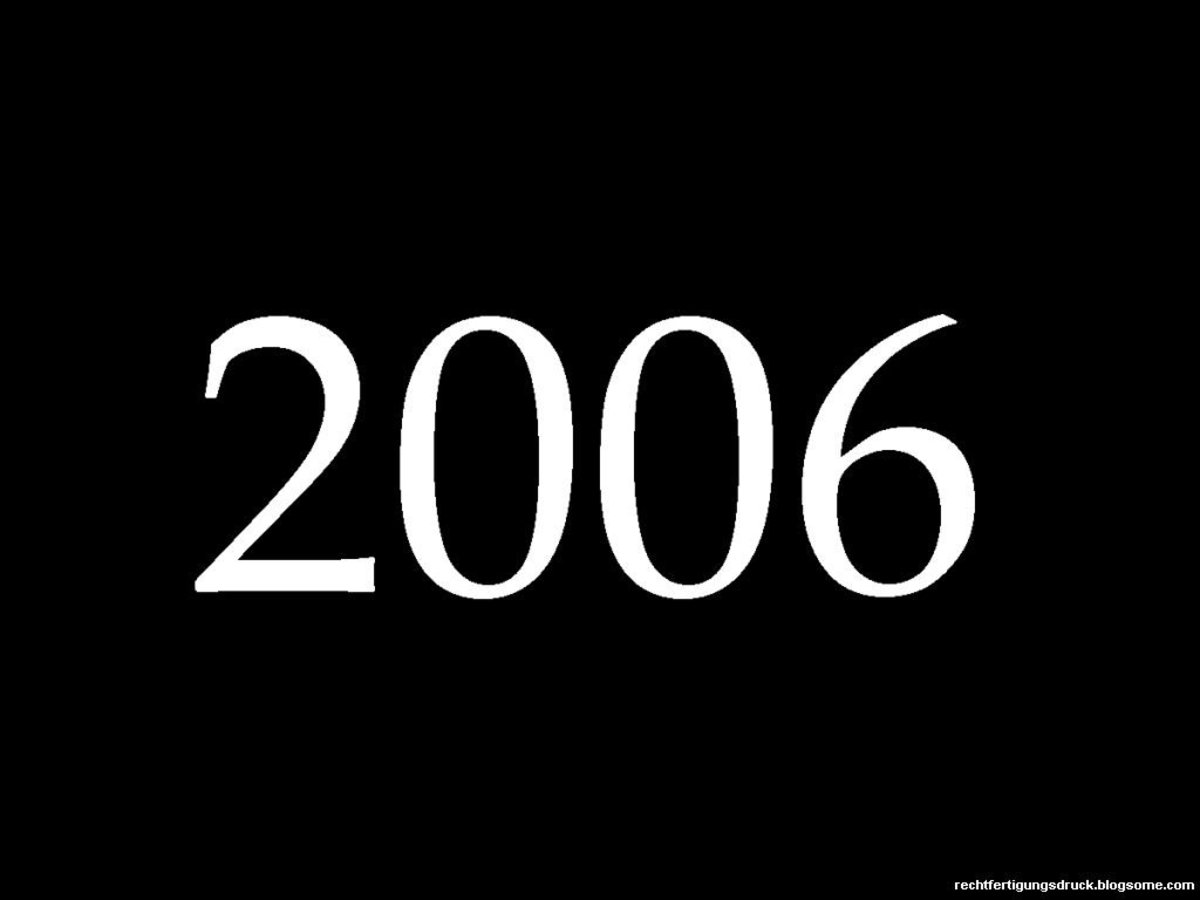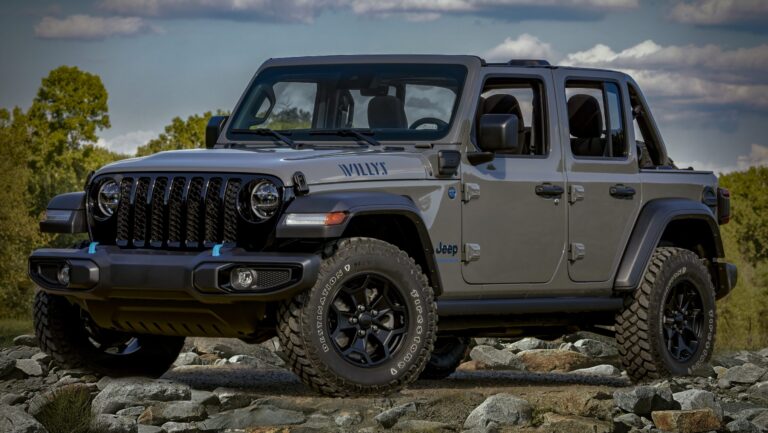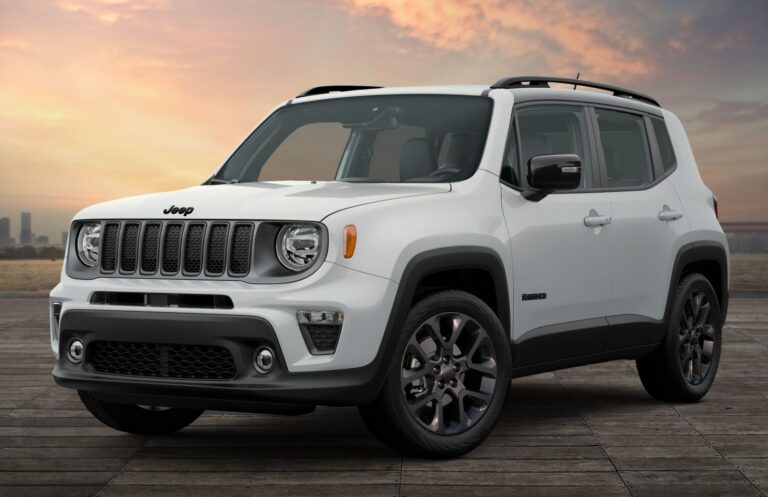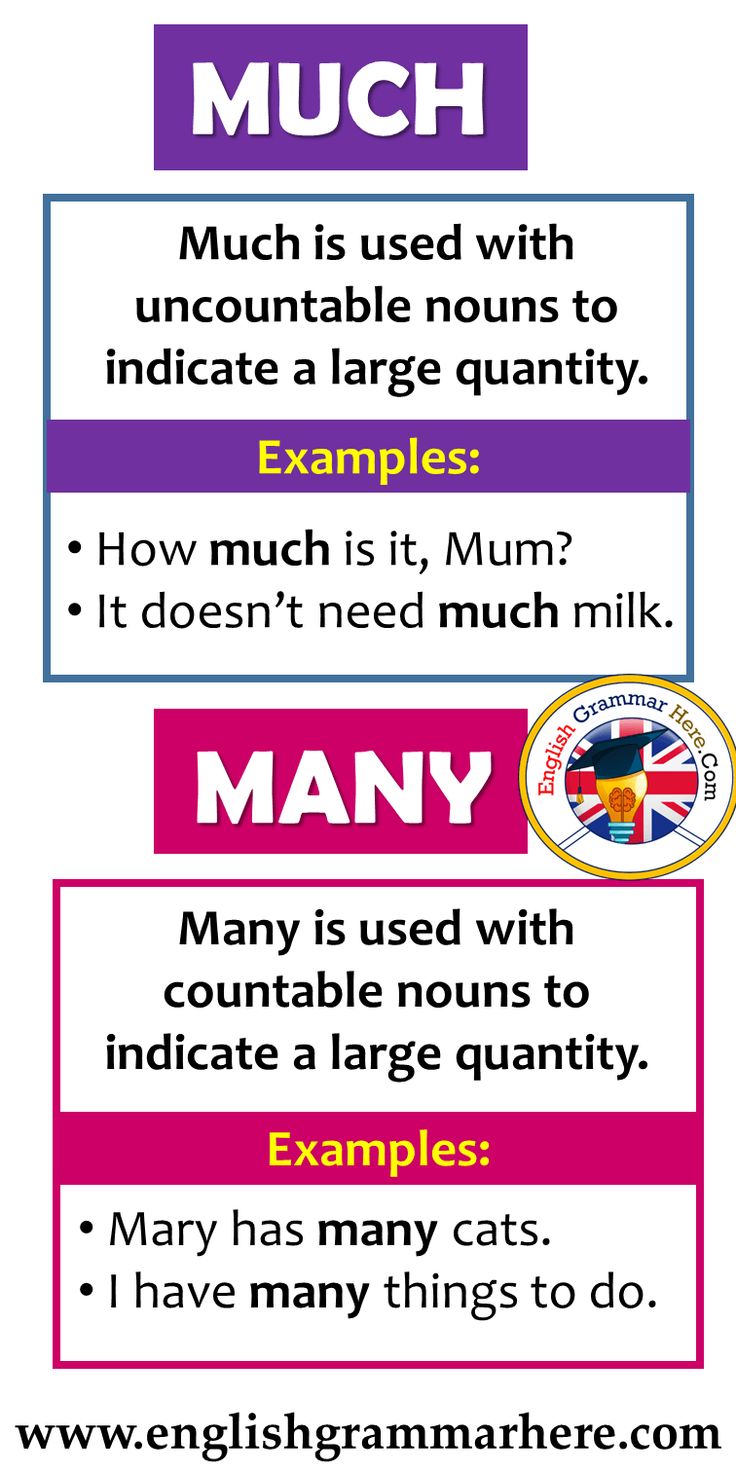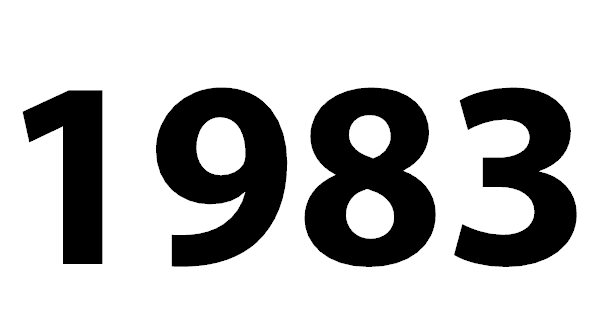2006 Jeep Grand Cherokee 3.7 Engine For Sale: Your Comprehensive Guide
2006 Jeep Grand Cherokee 3.7 Engine For Sale: Your Comprehensive Guide jeeps.truckstrend.com
The 2006 Jeep Grand Cherokee, part of the WK generation, holds a special place for many SUV enthusiasts, known for its rugged capability and comfortable ride. Among its various powertrain options, the 3.7-liter V6 engine stands out as a common and reliable choice for daily driving and light off-roading. However, like any mechanical component, even the most robust engines can eventually reach the end of their lifespan due to high mileage, lack of maintenance, or unforeseen mechanical failures.
When faced with a failing engine in your beloved 2006 Jeep Grand Cherokee 3.7L, the prospect of purchasing a replacement engine becomes a critical consideration. This comprehensive guide is designed to navigate you through the intricate world of buying a "2006 Jeep Grand Cherokee 3.7 Engine For Sale," offering insights, practical advice, and essential information to ensure a well-informed and successful purchase. Whether you’re a DIY enthusiast or looking to guide your mechanic, understanding the nuances of this specific engine market is paramount.
2006 Jeep Grand Cherokee 3.7 Engine For Sale: Your Comprehensive Guide
Understanding the 2006 Jeep Grand Cherokee 3.7L V6 Engine
The 3.7-liter PowerTech V6 engine (designated as the "EGJ" by Chrysler) was a popular choice across several Chrysler and Jeep models during its production run, including the Jeep Liberty, Dodge Dakota, Dodge Ram 1500, and the Jeep Commander, in addition to the Grand Cherokee. In the 2006 Grand Cherokee, this SOHC (Single Overhead Cam) V6 engine typically produced around 210 horsepower and 235 lb-ft of torque, offering a good balance of power and fuel efficiency for its class.
Known for its relatively straightforward design and decent reliability, the 3.7L V6 is generally a robust engine. However, like any internal combustion engine, it can develop common issues over time, especially with high mileage. These can include:
- Valve Seat Issues: Particularly in earlier versions, some engines experienced premature valve seat wear, leading to misfires and loss of compression.
- Oil Pressure Problems: Worn oil pumps or clogged oil passages can lead to low oil pressure warnings.
- Coolant Leaks: From hoses, the water pump, or radiator.
- Timing Chain Wear: Less common, but possible at very high mileages.

When an engine faces catastrophic failure (e.g., severe overheating, rod knock, internal component breakage), replacing the entire unit often becomes a more economical and reliable solution than attempting extensive repairs on the original block.
Why Purchase a Replacement 3.7L Engine?
The decision to buy a replacement engine for your 2006 Jeep Grand Cherokee 3.7L often boils down to several compelling reasons:
- Cost-Effectiveness: For many owners, replacing the engine is significantly cheaper than purchasing a new or even a late-model used vehicle. It allows you to retain your existing vehicle, avoiding sales tax, registration fees, and potentially higher insurance costs associated with a new car.
- Extending Vehicle Life: If the rest of your Grand Cherokee (body, transmission, interior) is in good condition, a new engine can breathe years of new life into the vehicle, maximizing your initial investment.
- Restoring Functionality: A failed engine renders your vehicle inoperable. A replacement brings it back to life, allowing you to continue using a vehicle you’re familiar with and enjoy.
- Sentimental Value: Many owners have a strong attachment to their vehicles. Replacing the engine allows them to keep a cherished Grand Cherokee rather than parting with it.
- Project Vehicle/Upgrade: For some, it’s an opportunity to build a custom vehicle or to replace an underperforming engine with a higher-quality, lower-mileage unit.


Types of 2006 Jeep Grand Cherokee 3.7L Engines Available for Sale
When searching for a replacement engine, you’ll generally encounter three main categories, each with its own pros, cons, and price points:
-
Used/Salvaged Engines:
- Description: These engines are pulled from donor vehicles, often from salvage yards or auto recyclers. They are "as-is" units, meaning they haven’t been reconditioned.
- Pros: Generally the most affordable option. Quick availability.
- Cons: Unknown history (though VIN of donor vehicle may be available), variable mileage, potential for hidden wear or damage. Higher risk of future issues.
- What to look for: A reputable seller who can provide compression test results, leak-down test data, and photos/videos of the engine running (if possible before removal). Check for signs of overheating (discolored oil, warped parts) or oil sludge. Always inquire about a warranty, even if short.
-
Rebuilt/Remanufactured Engines:
- Description: These engines have been disassembled, inspected, cleaned, and had worn or damaged components replaced with new or reconditioned parts (e.g., new pistons, rings, bearings, gaskets, seals, often cylinder head work). They are then reassembled and tested to meet or exceed OEM specifications.
- Pros: Much higher quality and reliability than used engines. Come with a substantial warranty (often 1-3 years or 12,000-unlimited miles). Many critical wear items are new.
- Cons: More expensive than used engines. Require careful vetting of the rebuilder’s reputation and warranty terms.
- What to look for: A well-established rebuilder with positive reviews. Understand exactly what components were replaced or reconditioned. Verify the warranty specifics.
-
New Crate Engines:
- Description: These are brand-new engines, often direct from the manufacturer or an OEM supplier, never installed in a vehicle.
- Pros: Highest level of reliability and performance. Come with a full factory warranty.
- Cons: Extremely expensive, and for a 2006 model year, a brand-new 3.7L engine might be difficult to find or prohibitively costly compared to the vehicle’s value.
- What to look for: Authenticity and full warranty details.
Key Considerations Before Buying
Before you commit to purchasing a 2006 Jeep Grand Cherokee 3.7L engine, keep these critical factors in mind:
- Source Reliability: Buy from reputable salvage yards, specialized engine suppliers, or certified rebuilders. Avoid private sellers on marketplaces unless you can thoroughly inspect the engine and verify its history.
- Mileage and History (for Used Engines): Lower mileage is generally better. Ask for the VIN of the donor vehicle to potentially pull its history report (CarFax, AutoCheck). This can reveal accident history, maintenance records, and last reported mileage.
- Warranty: This is non-negotiable. Even a short 30-day warranty on a used engine is better than none. Rebuilt engines should offer at least a 1-year warranty. Understand what the warranty covers (parts only, labor, shipping), and what voids it.
- Completeness of the Engine:
- Long Block: Typically includes the engine block, crankshaft, connecting rods, pistons, cylinder heads, camshafts, and valve train. Most accessories (intake manifold, exhaust manifold, alternator, power steering pump, AC compressor, wiring harness, sensors) are not included and must be transferred from your old engine or purchased separately.
- Complete Engine: Includes the long block plus most or all external accessories. This is more expensive but saves labor and the hassle of swapping parts.
- What’s Included? Always confirm precisely what parts are included with the purchase.
- Shipping Costs and Logistics: Engines are heavy and bulky. Shipping can add significant cost and complexity. Inquire about crating, freight charges, and delivery times. Ensure the seller uses a reputable freight company.
- Compatibility: While a 2006 3.7L Grand Cherokee engine is generally specific, always double-check compatibility with your vehicle’s VIN. Minor variations in sensor locations or accessory mounts can exist between model years or applications (e.g., a Ram 1500 3.7L might have slight differences).
- Pre-Purchase Inspection: If buying locally, inspect the engine in person. Look for cracks, damage, missing parts, or excessive sludge. If buying remotely, request detailed, high-resolution photos and videos.
The Purchase Process: A Step-by-Step Guide
- Confirm Diagnosis: Before buying an engine, have a qualified mechanic definitively confirm that your current engine is beyond repair and a replacement is the best course of action.
- Research Sellers: Use online search engines, auto parts aggregators, and local salvage yard directories. Look for sellers with strong reviews and a good track record.
- Gather Information: Contact potential sellers. Ask all the questions outlined in the "Key Considerations" section. Get the VIN of the donor vehicle (if used), mileage, and warranty details in writing.
- Compare Quotes: Obtain multiple quotes for different types of engines (used, rebuilt) from various suppliers to compare prices, warranties, and included components.
- Negotiate: Don’t be afraid to negotiate on price, especially for used engines.
- Secure Payment: Use secure payment methods (credit card, PayPal Goods and Services) that offer buyer protection. Avoid wire transfers for unknown sellers.
- Arrange Shipping/Pickup: Confirm delivery details, inspect the engine immediately upon arrival for any shipping damage or discrepancies. Document everything with photos.
Installation Tips and Post-Installation Care
Installing an engine is a complex job best left to experienced mechanics. If you’re tackling it yourself, ensure you have the right tools, a hoist, and a service manual.
- Professional Installation: Highly recommended. A reputable shop will offer a labor warranty in addition to the engine warranty.
- Replace Associated Parts: While the engine is out, it’s wise to replace critical wear items that are easily accessible:
- Water pump and thermostat
- Spark plugs and coil packs (if not included)
- All belts and hoses
- Engine mounts
- Clutch (for manual transmissions, if applicable)
- Fluids (engine oil, coolant, transmission fluid)
- Gaskets and seals that were disturbed during removal/installation.
- Thorough Flush: Flush the cooling system to remove any contaminants before adding new coolant.
- Break-in Procedure: For rebuilt or new engines, follow the manufacturer’s recommended break-in procedure (usually involves varying RPMs, avoiding heavy loads, and an early oil change).
- Regular Maintenance: Adhere to the prescribed maintenance schedule for oil changes, fluid checks, and tune-ups to maximize the life of your new engine.
Potential Challenges and Solutions
- Receiving a "Bad" Engine: Despite precautions, a faulty engine can sometimes slip through. Immediately contact the seller and initiate a warranty claim. Good sellers will work with you on replacement or refund.
- Hidden Damage: Some issues only become apparent after installation. This is where a strong warranty is crucial.
- Compatibility Issues: Double-check part numbers and VIN compatibility before purchase. Minor differences can cause major headaches.
- High Installation Costs: Get multiple quotes from mechanics. Factor labor costs into your overall budget.
2006 Jeep Grand Cherokee 3.7 Engine For Sale: Estimated Price Guide
Please note that prices are highly variable based on supplier, mileage, condition, warranty, and market demand. These are estimates and should be used as a guide only.
| Engine Type | Estimated Engine Cost (USD) | Typical Warranty | Notes

